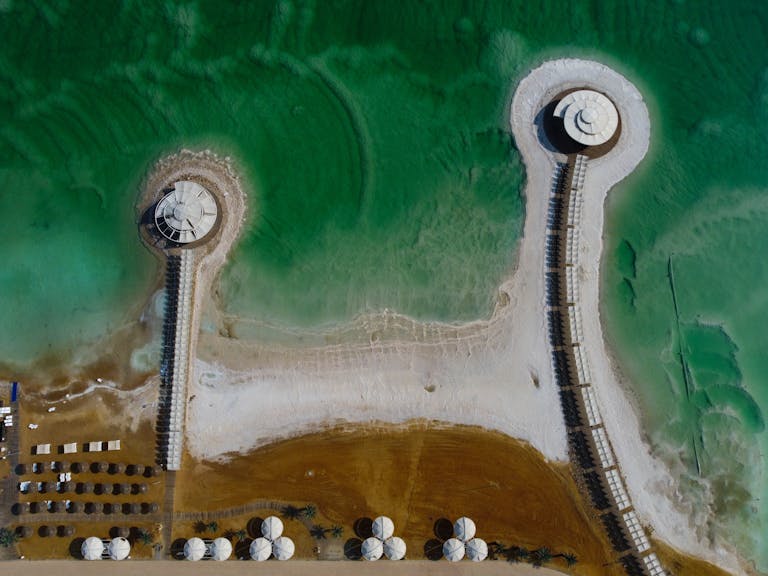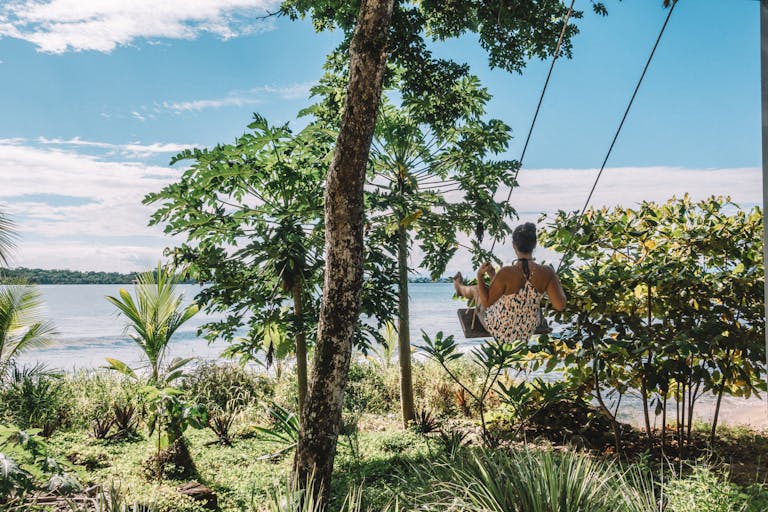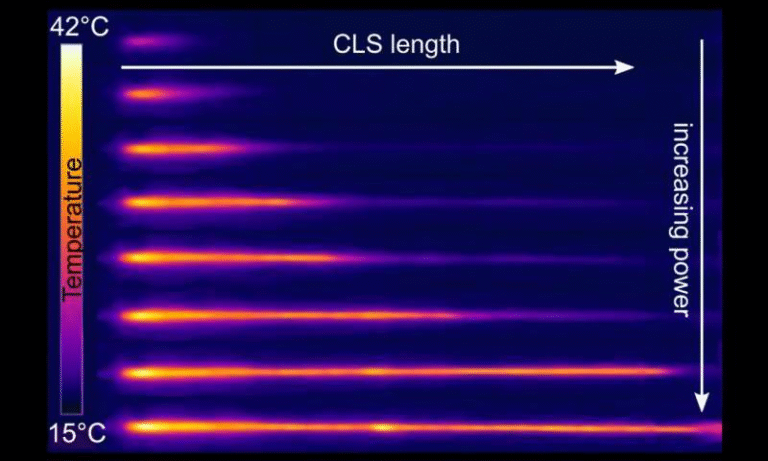What a 75,000-Year-Old Norwegian Cave Reveals About Climate and Wildlife

If you thought the Arctic was always an icy, desolate wilderness, think again. Scientists have just uncovered something remarkable from a remote cave in Northern Norway that is reshaping our understanding of ancient Arctic life. Hidden deep in the Storsteinhola cave system, specifically a chamber known as Arne Qvamgrotta, lies a 75,000-year-old time capsule packed with bones, DNA, and climate clues that are helping piece together the puzzle of Earth’s chilly past.
A Lucky Find in an Unlikely Place
This isn’t your average fossil dig. Most evidence of life in the glaciated Arctic has been scraped clean by ice over thousands of years, leaving precious little to work with. But Arne Qvamgrotta is different. Nestled beneath meters of rock and untouched by glacial meltwater, it preserved layer after layer of sediment dating back to a time known as Marine Isotope Stage 5a (MIS 5a) — a relatively warm period during the last ice age.
Using a mix of cutting-edge techniques — from traditional bone identification to ancient DNA analysis (aDNA) — researchers recovered a whopping 46 different species from a single bone-bearing layer. We’re talking mammals, birds, and fish, many of which have never been found this far north before.
A Unique Glimpse Into a Coastal Arctic Community
So what was Northern Norway like 75,000 years ago? The evidence paints a picture of a vibrant, cold-adapted coastal ecosystem. Among the findings were:
- Arctic foxes, reindeer, and even a polar bear.
- Birds like sea ducks, puffins, and cranes.
- Fish species such as Atlantic cod, Arctic char, and haddock.
- And, get this — a few species that no longer exist in the region today.
One particularly exciting discovery was that of the collared lemming, Dicrostonyx torquatus, a species now extinct in this part of the world. Its genetic material showed that it belonged to a lineage never seen before in Scandinavia — a clue that this area wasn’t a long-term refuge during later, harsher ice ages.
Ice, Bones, and DNA: Rewriting History
What makes this site so scientifically valuable is not just what was found, but how it was preserved. Despite enduring multiple glaciations, the cave’s unique elevation and structure kept the layers intact. This meant scientists could precisely date the layers using a combination of optically stimulated luminescence (OSL), uranium–thorium, and phylogenetic dating.
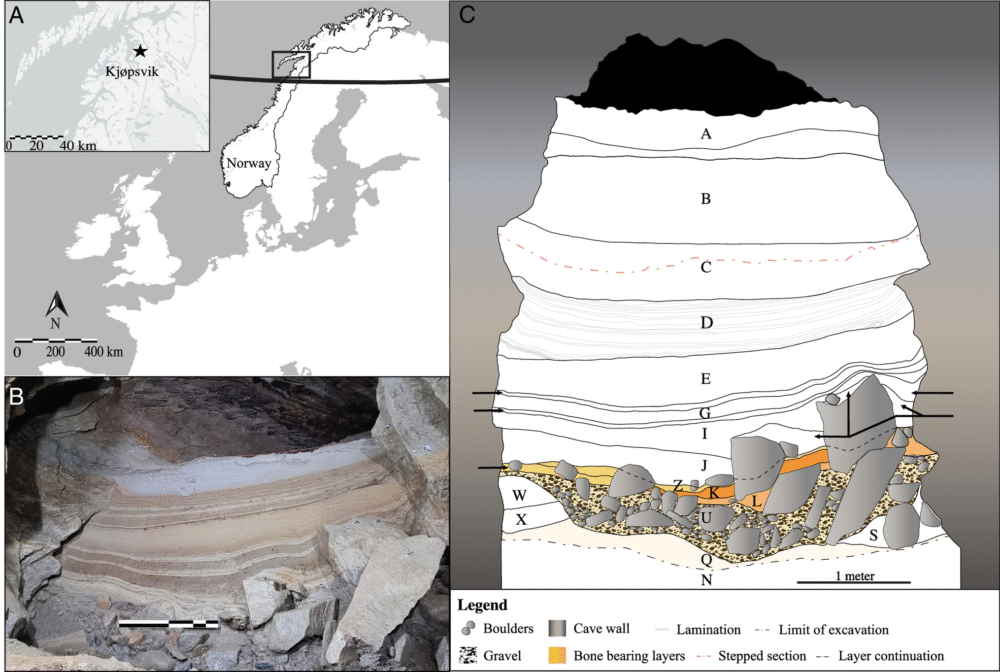
And the DNA? That’s where things get even cooler (pun intended). With a technique called bulk-bone metabarcoding, researchers extracted ancient DNA from fragments too small to identify by eye. This revealed a full snapshot of the environment, including extinct lineages and species previously unknown from Arctic fossil records.
Why It Matters
The Arctic is warming faster than any other place on Earth. To understand what the future holds, we need to know how life responded to past climate shifts — and that’s exactly what this discovery offers. The Arne Qvamgrotta cave is giving us the oldest, most complete faunal record from the European Arctic, showing how ecosystems shifted, adapted, and in some cases, vanished entirely.
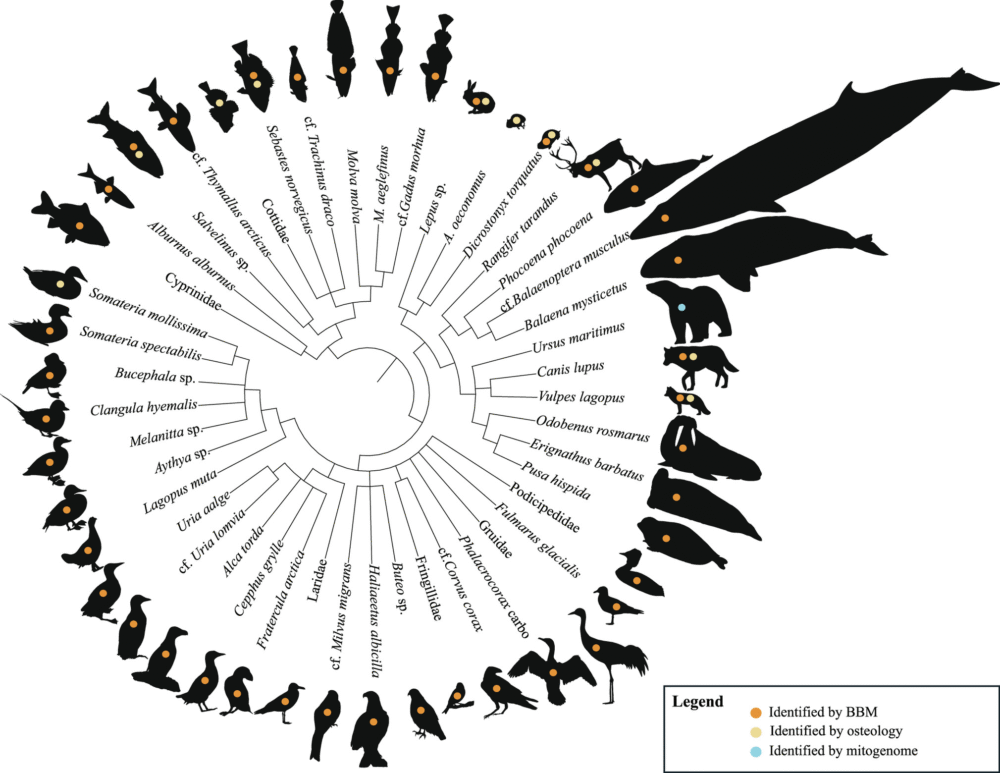
What’s truly fascinating is that this ancient community doesn’t match the classic image of the Ice Age’s “mammoth steppe.” It’s a coastal ecosystem — a blend of sea and land life, uniquely adapted to the harsh, fluctuating conditions of that time.
A Peek Into the Past, A Warning for the Future
The big takeaway?
Climate change doesn’t just move species around. It can cause entire lineages to disappear. The animals in this cave — some of which no longer roam the Earth — are a chilling reminder of what’s at stake as the modern Arctic continues to thaw.
For now, Arne Qvamgrotta stands as a rare, preserved glimpse into a forgotten world. It’s a scientific treasure that tells a story we’re only just beginning to understand — one that’s more relevant than ever.

